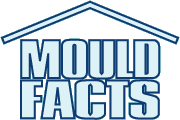Myth: Only Old Homes Have Mold Problems
A common myth is that only old homes have mold problems. The truth is that mold doesn't care whether your home is old or new. If there is a moisture problem, mold will just grow in a new home as it would in an old home. However, it is important to know that as the building materials age, they may become more prone to mold growth but unless there are moisture problems mold will not grow. The only logical reason why old homes are likely to have mold growth is that they may have had leaks here and there which have gone unnoticed for a long time.
Next time you are looking for a new home to buy, remember new homes are not free from mold growth if there are moisture problems.
Check out Frequently Asked Questions
Labels: mold_growth


